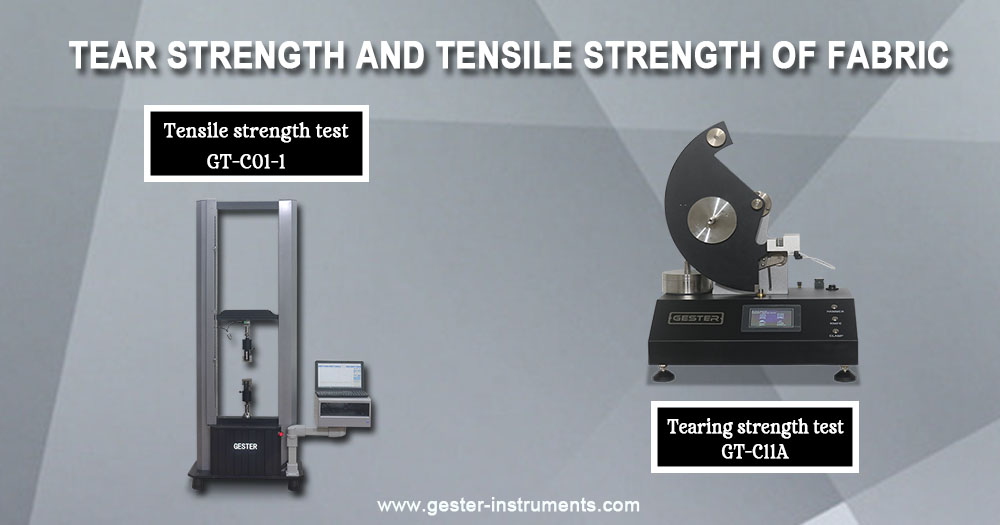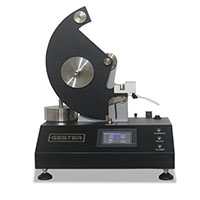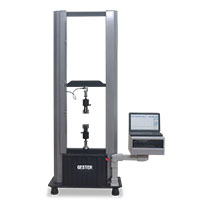Difference between Tear Strength and Tensile Strength of Fabric
| Table of Contents: |
|
1. Introduction 2. Understanding Tear Testing 2.1 Tearing Test of Fabric 2.2 Significance of Fabric Tearing Strength Test 3. Exploring Fabric Tensile Test 3.1 Fabric Tensile Strength Test 3.2 Significance of Fabric Tensile Test 4. Conclusion |

 1. Understanding tear testing:
1. Understanding tear testing:
 2. Exploring fabric tensile test:
2. Exploring fabric tensile test: